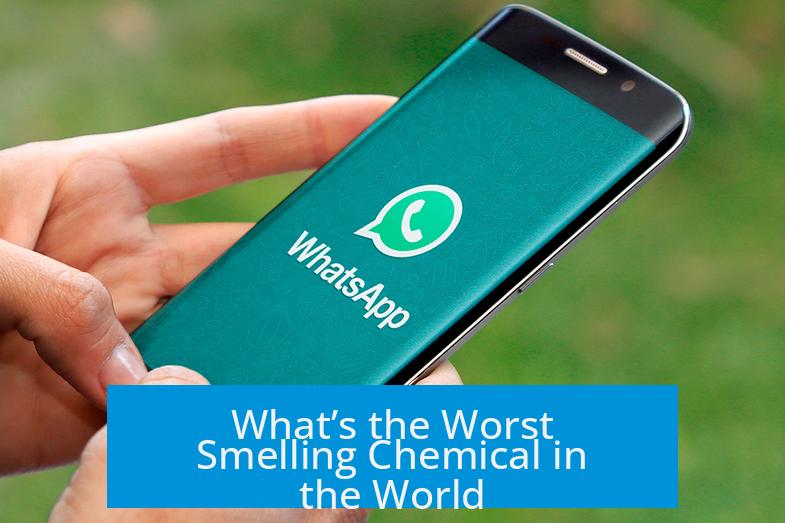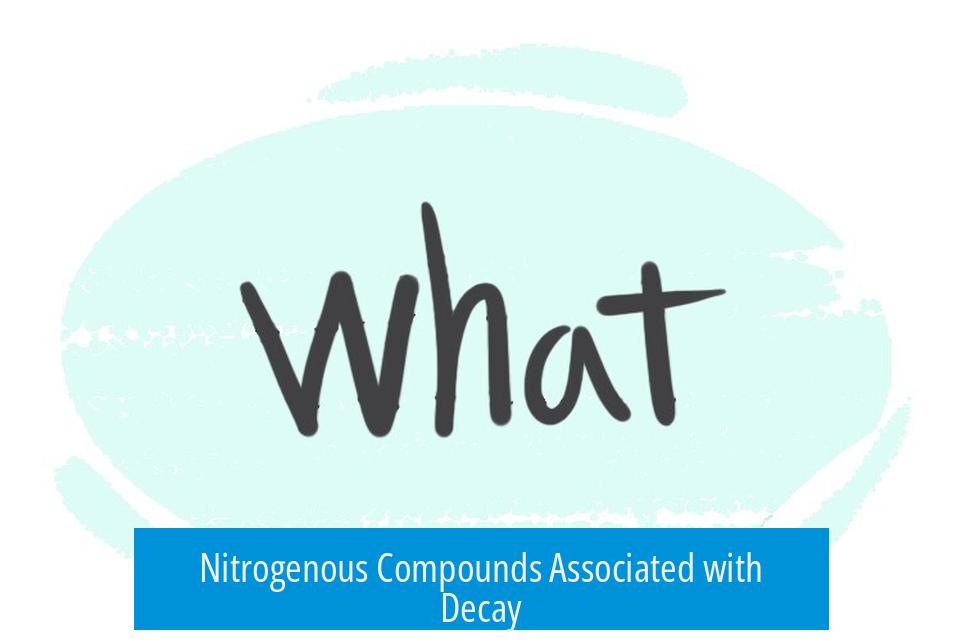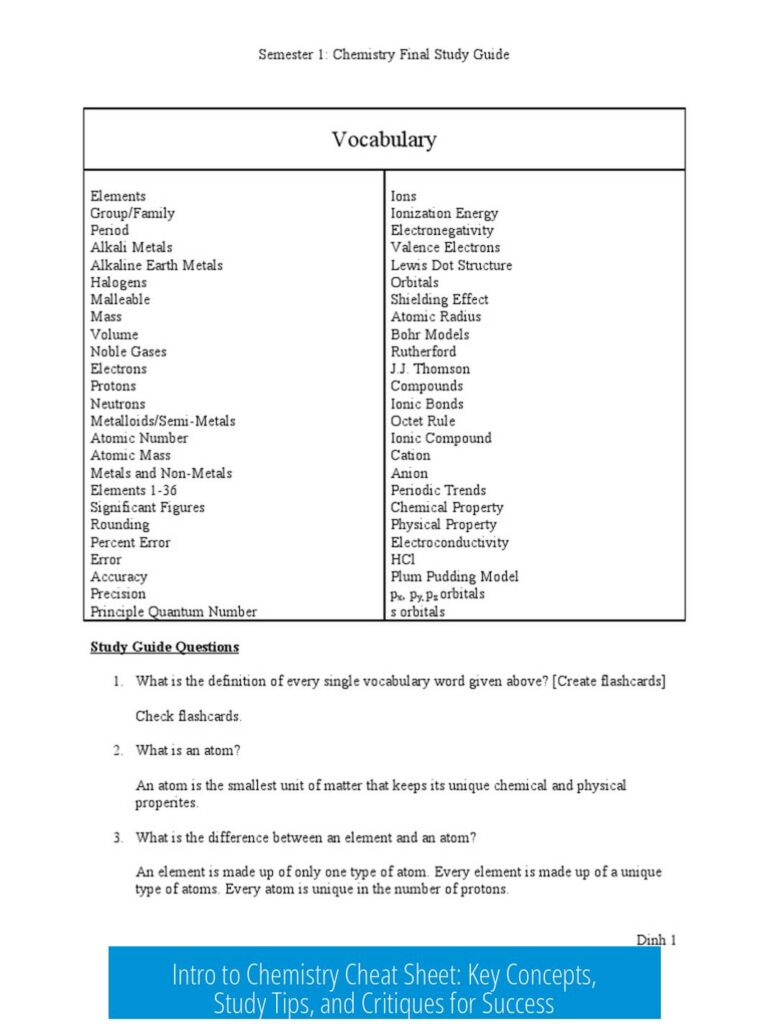What’s the Worst Smelling Chemical in the World?

Thioacetone holds the notorious title as the worst smelling chemical in the world, widely recognized for its horrendous and nearly unbearable odor. Scientists and chemists frequently cite this compound when discussing offensive smells. Its sulfur-related structure gives rise to an extremely foul smell that surpasses many other malodorous chemicals.
The Notorious Role of Thiols and Sulfur Compounds
Thiols, also known as mercaptans, feature a sulfur atom bonded to a hydrogen atom (–SH). They are infamous for their foul odors. These compounds are responsible for the smell of rotten eggs, skunks, and decay.
- Thioacetone (CH3CSCH3) is often called the “worst smelling compound”. It has a putrid, skunk-like odor so powerful it can cause nausea and complaints even at extremely low concentrations.
- Benzyl mercaptan and methyl mercaptan (methanethiol) also produce intense and offensive odors. Methyl mercaptan is known for its smell similar to rotten cabbage or garlic.
- 2-Mercaptoethanol (beta-mercaptoethanol) is so foul-smelling that it requires sealing samples immediately after use.
- Ethanedithiol has a smell described as “rotting metal,” which causes significant discomfort.
Other sulfur-related compounds, including organotelluriums and selenols, emit unique and highly unpleasant odors resembling garlic, sewage, or metallic decay. Hydrogen sulfide (H2S), known for its rotten egg smell, is also lethal at higher concentrations, losing its smell while remaining toxic.
Nitrogenous Compounds Associated with Decay

Besides sulfur compounds, nitrogenous bases related to biological decay have remarkably offensive odors.
- Cadaverine and putrescine arise from protein decomposition and smell like rotting flesh or decomposing corpses.
- Skatole (3-methylindole), produced during fecal matter breakdown, is so pungent that it has evacuated buildings during accidental releases.
- Trimethylamine causes a fishy, persistent odor that clings to surfaces and clothing for extended periods.
- Spermidine carries an odor reminiscent of semen, contributing to its unpleasant profile.
These nitrogenous compounds reflect the foul impact of decaying organic matter and are important in forensic and biological contexts.
Carboxylic Acids and Related Organic Acids
Short-chain carboxylic acids feature prominently in the list of bad-smelling chemicals.
- Butyric acid smells like rancid butter or human vomit. Its odor is highly recognizable and repulsive.
- Cyclopentane carboxylic acid is described as “worse than any thiol,” producing instant nausea.
- Isobutyric acid generates an odor akin to sweaty gym clothes or dead animals.
- Valeric acid and isovaleric acid smell like putrid sweat and foot odor, respectively.
Other organic acids such as glacial acetic acid also carry sharp and irritating smells, though less enduringly offensive compared to the acids listed above.
Amines and Nitrogen-Containing Chemicals
Amines present in industrial and laboratory settings can emit powerful odors.
- Pyridine and methylpyridine generate a fishy, burning tire-like odor that lingers for hours.
- Hexylamine is perceived as worse than many sulfur compounds by some chemists.
- Isoamyl alcohol, though non-sulfur, smells like “hot barf,” adding to the diverse palette of foul odors.
- Isocyanides, such as tert-butyl isocyanide, produce one of the most intensely offensive chemical smells, often described as repugnant and suffocating.
Dimethyl ethyl amine and dimethylformamide also make the list due to their deathly strong odors experienced by researchers.
Other Highly Odorous Chemicals
Additional compounds noted for their horrific smells include:
- Glutaraldehyde – a potent, pervasive smell that contaminates surrounding areas at high concentrations.
- Benzoic acid chloride – can cause physical discomfort through inhalation and is intensely irritating.
- Crotonaldehyde – associated with pungent respiratory irritation.
- Triphenylphosphine – remembered for a lingering unpleasant odor.
- Lawesson’s reagent – a sulfur-containing compound with a powerful offensive smell.
Biological and Everyday Odors
Some everyday odors, although natural, are relevant as chemical odors due to their composition:
- Durian fruit features sulfur-containing esters like ethyl (2S)-2-methylbutanoate contributing to its divisive odor.
- Aromas such as cat urine, dog breath, and human sweat share chemical traits with the above classes of compounds.
Summary Table of Worst Smelling Chemicals
| Chemical | Odor Description | Chemical Class |
|---|---|---|
| Thioacetone | Skunk-like, putrid, nauseating | Thiols (Sulfur) |
| Cadaverine, Putrescine | Rotting flesh, corpse | Nitrogenous amines |
| Butyric acid | Rancid butter, vomit | Carboxylic acid |
| Pyridine | Fishy, burning tire | Amines |
| Isocyanides | Repugnant, suffocating | Nitrogen-containing |
Supporting Research and Videos
Thioacetone has been extensively studied and featured in chemical literature due to its infamously bad smell. Articles such as the Science blog on thioacetone offer detailed information. Popular science communication channels, like NileRed, have also published experimental videos dissecting the stinkiest chemicals, including thioacetone and selenols (NileRed video 1, selenols video).
Key Takeaways
- Thioacetone is widely regarded as the worst smelling chemical globally, surpassing other foul compounds.
- Thiols and mercaptans consistently produce extremely offensive odors, often described as skunk-like or rotten.
- Nitrogen-based decay compounds like cadaverine and putrescine mimic the smell of decomposing flesh.
- Short-chain carboxylic acids contribute to rancid, vomit-like odors that are difficult to tolerate.
- Amines such as pyridine and isocyanides generate persistent, fishy, or suffocating smells.
- Many of these compounds are hazardous at higher concentrations, adding toxic danger to their offensive smells.
What chemical is considered the worst smelling in the world?
Thioacetone is widely regarded as the worst smelling chemical. It has a repulsive odor so strong that it is often called the classic worst smell.
Why do thiols and related sulfur compounds smell so bad?
Thiols contain sulfur, which produces fierce odors. Many mercaptans, including methyl mercaptan and ethanedithiol, emit smells like rotting material or burnt skunk, making them extremely offensive.
Are there non-sulfur compounds that also smell terrible?
Yes, amines like pyridine and trimethylamine are known for offensive odors. Certain nitrogenous compounds such as cadaverine, putrescine, and skatole smell like decay or feces.
What organic acids have particularly bad odors?
Butyric acid smells like human vomit. Isobutyric acid and cyclopentane carboxylic acid have acrid, nauseating smells often compared to sweat or dead animals.
Does hydrogen sulfide (H2S) have a bad smell?
H2S smells like rotten eggs at low concentrations. However, at higher concentrations, it can numb the sense of smell and become deadly.





Leave a Comment